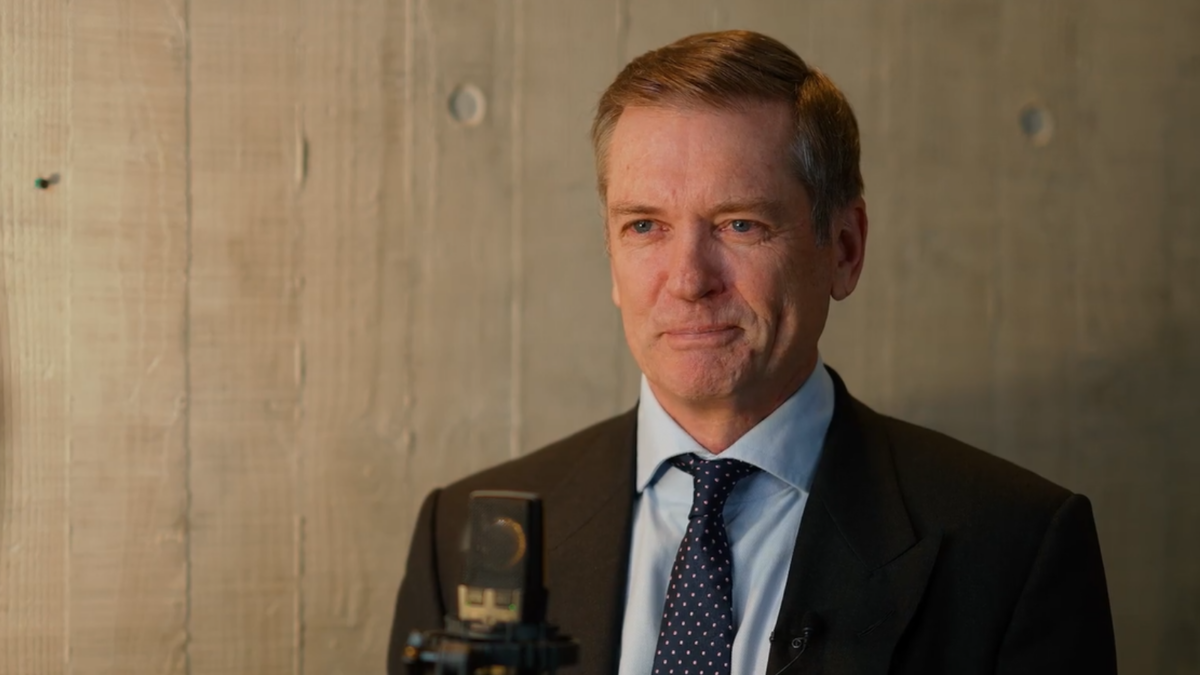Yield components key to understanding US bond market machinations: Ninety One
In the third quarter of 2023, the yield to maturity on the benchmark 10-year US Treasury Bond rose by 0.73 per cent to 4.57 per cent, resulting in a 3.42 per cent loss in the Bloomberg floated adjusted UST. Yields have continued to rise in October, too.
What is driving this aggressive sell off and how might it end?
To answer this question, we need to understand the underlying components of a bond’s yield. For major economy government bonds with little or no credit risk, there are just two moving parts: the real rate and implied inflation.
Over the quarter, the implied 10-year inflation rate was little changed, rising from 2.24 per cent to 2.34 per cent. Real rates, on the other hand, rose from 1.60 per cent to 2.04 per cent. Bond yields have therefore been rising principally because markets are repricing real yields.
Real rates can be further broken down into global real rates, a domestic valuation, and a local policy rate. The first two factors reflect slow moving factors such as demographics, productivity, and savings on an international and domestic scale respectively. The local policy rate reflects the difference between current policy rates and neutral policy rates, the latter being the so-called r-star.
The latter is the easiest to understand and the Federal Reserve helpfully provides guidance to both expected official rates and r-star. Over the third quarter, official rate expectations sourced from the Federal Reserve’s Summary of Economic Expectations certainly moved higher, with the median expectation for 2025 standing at 3.9 per cent from 3.4 per cent in June. Market pricing for the same point in time also moved higher, rising from 3.95 per cent to 4.28 per cent. The Federal Reserve’s assessment of r-star remained unchanged at 2.5 per cent, however.
Given the slow-moving nature of global real rates and the local valuation, we would be sceptical that the market can seriously be repricing these based on three months’ worth of economic data. It is certainly possible these may have changed post-Covid, but we will not know this with any certainty for several years. Rather, it appears that markets have raised their assessment of the local policy rate necessary over the medium term to ensure inflation stays at target. There are two possible explanations for this change of view.
Firstly, the US’s lax fiscal policy is crowding out other borrowing by huge debt issuance, thus forcing interest rates higher. The other possibility is that markets are extrapolating the recent resilience of the US economy into medium term interest rate expectations. The paradox here is that, were the US economy to be much firmer than we expect, then tax receipts will be boosted, improving the US’s budget situation.
More realistically, with monetary policy having only turned tight 6-9 months ago (and now notably so), and given the normal lags involved, we would expect the economy to begin to display meaningful signs of economic weakness in the coming quarters, proof that monetary policy is working and so dispel the view the US is in a new paradigm and able to operate at much higher interest rates than it was able to do pre-Covid.
We therefore believe government bonds are cheap, and especially so against our medium-term structural valuations. If the economy begins to weaken, as we fully expect in the months ahead, this valuation gap will begin to close and bonds will rally meaningfully, driven by expectations for the local policy rate.










